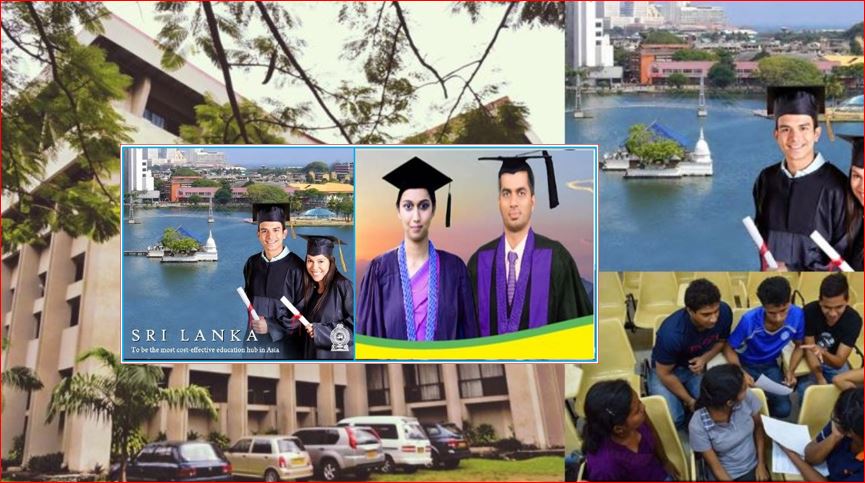Sri Lanka to admit 10000 additional students to universities
Sri Lanka is planning to admit 10,000 additional students to state universities this year – the highest number of students admitted to the country’s university system in a single year. The government has said the aim is to provide more university places in accordance with its election promises.
The University Grants Commission (UGC), the apex body of the country’s university system, has projected that an additional budget of US$25 million will be needed to facilitate this mammoth intake. Universities will need improved facilities and accommodation for the increased number of students.
With the extra 10,000 students, the government hopes to enrol a total of 41,000 students in the country’s state universities this year – an increase of approximately 30%. Some 31,000 students were enrolled during the past academic year.
According to the UGC, approximately 400 medical students, 500 engineering students, 3,000 science students, 1,000 technology students, 1,800 management and commerce students and 1,600 arts students will be admitted under the stepped-up intake.
Biggest intake
The increase will be the biggest single surge ever in the state university system. In 2012 about 5,600 extra students were admitted to universities after the Supreme Court ordered the admission of extra students, following a fiasco over the country’s university entrance exam scoring.
In 2012, thousands of students who thought they had qualified for university found that their results – the ‘Z-score’ – from university entrance exams sat had been miscalculated.
Sri Lanka has 15 state universities but only about 30,000 students are admitted annually out of the 350,000 who sit the university entrance (A-level) examination every year due to the limited capacity of the country’s universities. Around 12,000 Sri Lankan students go abroad annually for higher education, with an estimated US$400 million foreign exchange drain from the country.
During a press conference, UGC Chairman Sampath Amaratunge said the aim of the additional intake is to give university entrance opportunities to more students who pass the Advanced Level (A-level) in accordance with election promises.
Another reason was to ensure that “no injustice is done to students” who sat different exam syllabuses.
After release of the Z-scores last year, some students complained of gaps between the Z-scores for admissions of students who sat exams under the new syllabus and those who sat exams from the old syllabus. The Inter University Students’ Federation (IUSF) – the most influential student union in the university system – launched protests demanding UGC resolve the issue by increasing the student intake.
IUSF has said they are happy with the government decision to do so.
Funds for the expansion
The government has agreed to allocate additional funding for the physical and human resources expansion including additional laboratory facilities, equipment and machinery for research.
The UGC has said a further US$25million will be needed to facilitate the additional intake.
Early this month, Sri Lanka’s Prime Minister Mahinda Rajapaksa ordered the relevant officials to provide necessary additional allocations for the improvement of university facilities to accommodate the additional students.
He instructed that the additional money should be released into the university system in a phased manner in addition to the current financial allocations and asked the Treasury and the UGC to work together on how to do this.
However, academics expressed concern whether the expansion can be achieved as the COVID-19 pandemic causes capacity issues and other obstacles.
The government has promised radical changes to modernise the entire education system “to international standards”, but is still struggling to implement these policies amid the pandemic situation.
Nonetheless, even with the pandemic, the government has managed to provide 50,000 employment opportunities in the state sector for unemployed graduates and provide 100,000 jobs to low-income youngsters who have completed school studies up to the eighth grade.
Source – UWN

